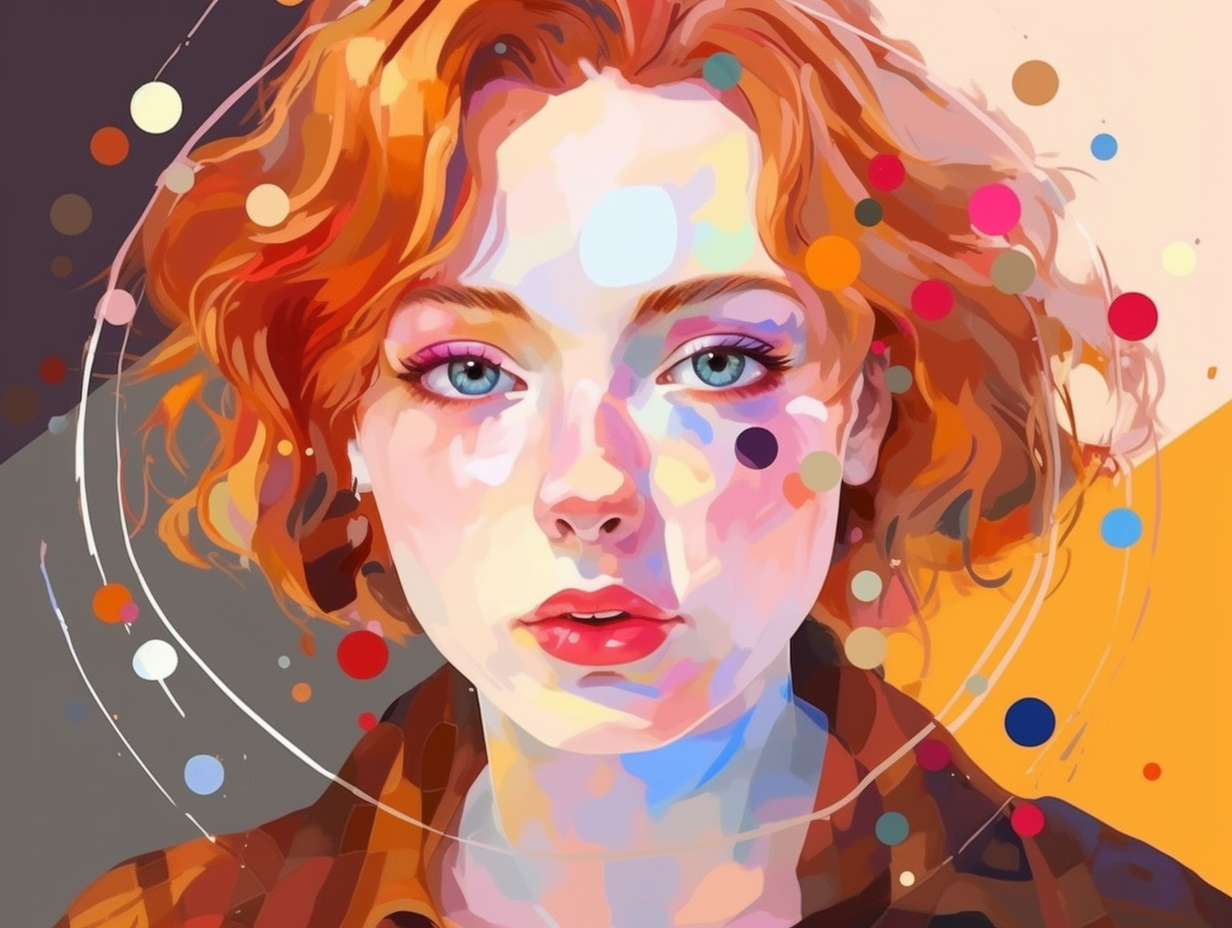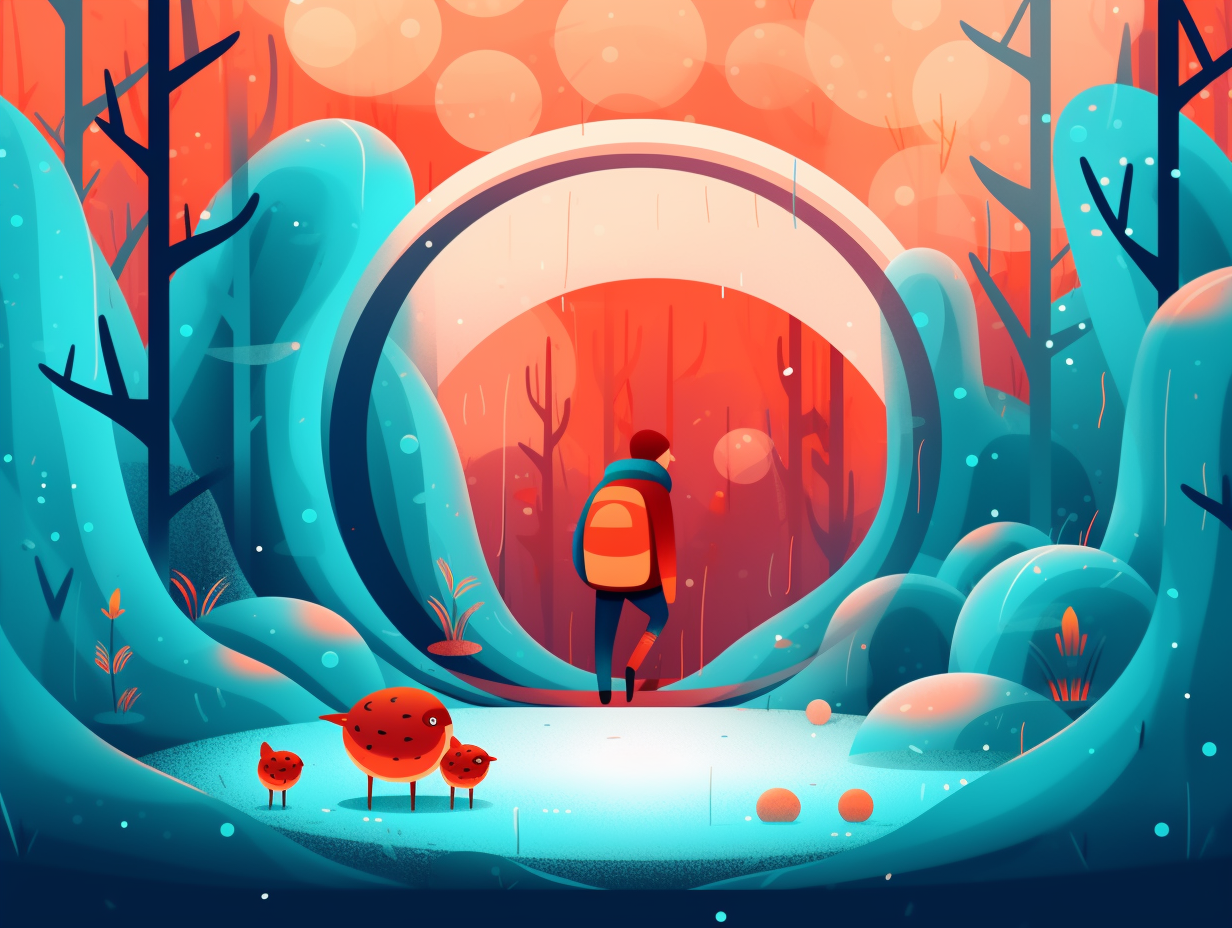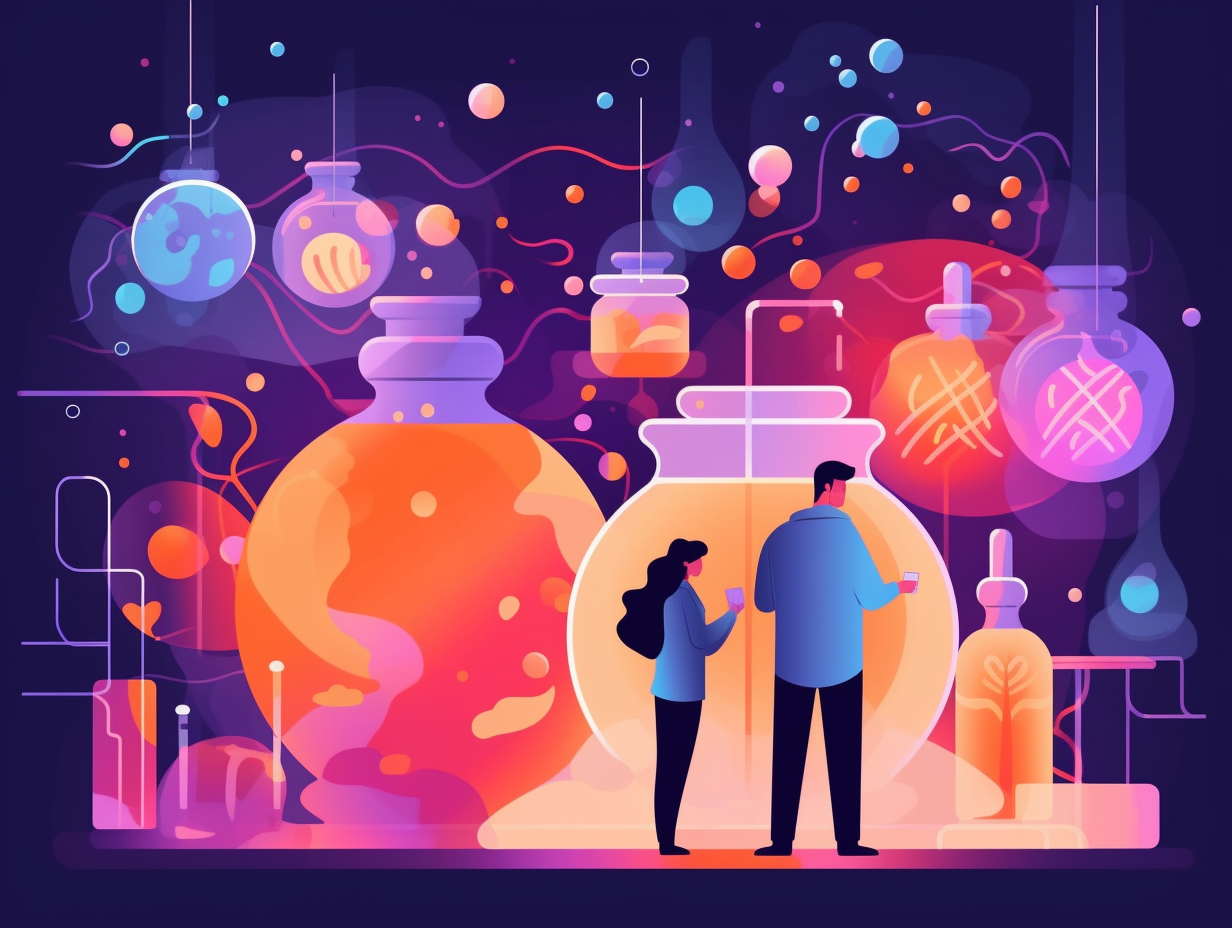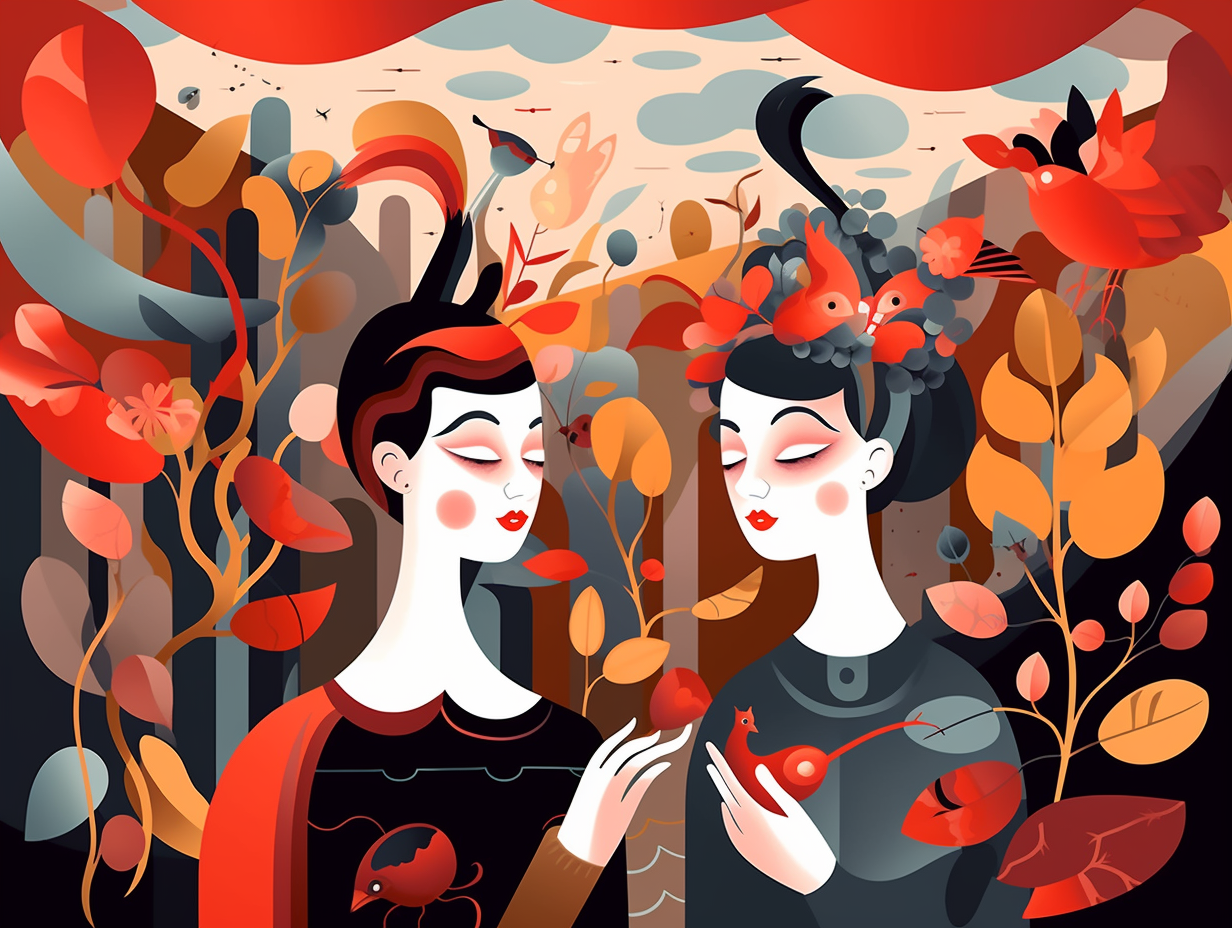Discover the Magic Behind Eye Color: Top 10 Fascinating and Fun Facts You Need to Know!
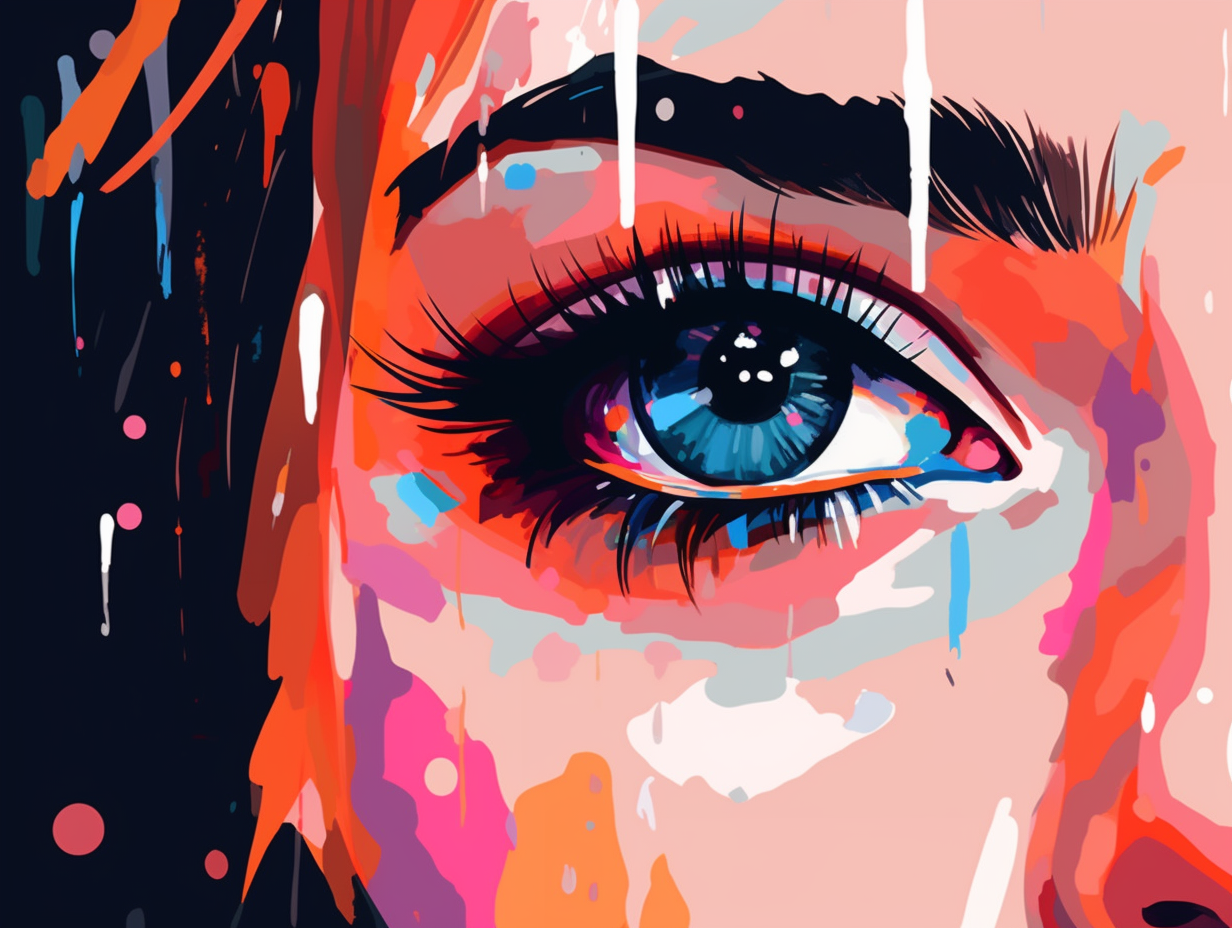
1. Blue Eyes Are (Ancient) Trendsetters
Once upon a time in a land before blue eyes, where brown-eyed beings roamed the Earth with mild amusement at their monochromatic peepers, a lone rebel unlocked the secret to the dashing denim gaze: A single genetic mutation that popped up in Europe around 6,000 to 10,000 years ago switched off the OCA2 gene responsible for brown eyes, making blue the new it-color and ultimately linking all blue-eyed humans back to that trailblazing trendsetter of an ancestor.
Source => aucklandeye.co.nz
2. Brown Eyes: The Original Glass
In a world where eyes are the windows to the soul, it appears brown was the original glass: Brown eyes were once the only color that existed in humans, and as the human population ventured into cooler environments, a gene mutation reduced melanin production which gave rise to blue, green, and hazel eyes. However, green eyes are still considered a genetic novelty, with more than half of the world having brown eyes.
Source => aarp.org

Did you know the blue eye mutation can be traced back to a single stone-age hunter 7,000 years ago? Discover how this fascinating genetic trait evolved over time!
=> Fun Facts about Blue-Eyes
3. Baby Eye Color Lottery
If babies were playing the eye color lottery, some sure do hit the genetic jackpot: Most BIPOC newborns score brown peepers while most Caucasian babes get blue or gray orbs at birth. The stakes get even higher as melanin production and sun exposure shuffle the deck until they're about 9 months old, with some games dragging on for 3 whole years! But everybody's a winner with unique hues, and some lucky ones may even end up with dual-toned tickets like albinism or heterochromia. The crazy cherry on top: Only a whopping 9% of the US population sports green-eyed goggles!
Source => visioncenter.org
4. Genetic Bamboozle: Blue-Eyed Parents, Brown-Eyed Child
Roses are red, violets are blue, but your baby's eyes might bamboozle you: Eye color is determined by a complicated mix of at least eight genes, so two blue-eyed parents can actually produce a brown-eyed offspring if they both carry genes for brown eyes.
Source => hudsonalpha.org
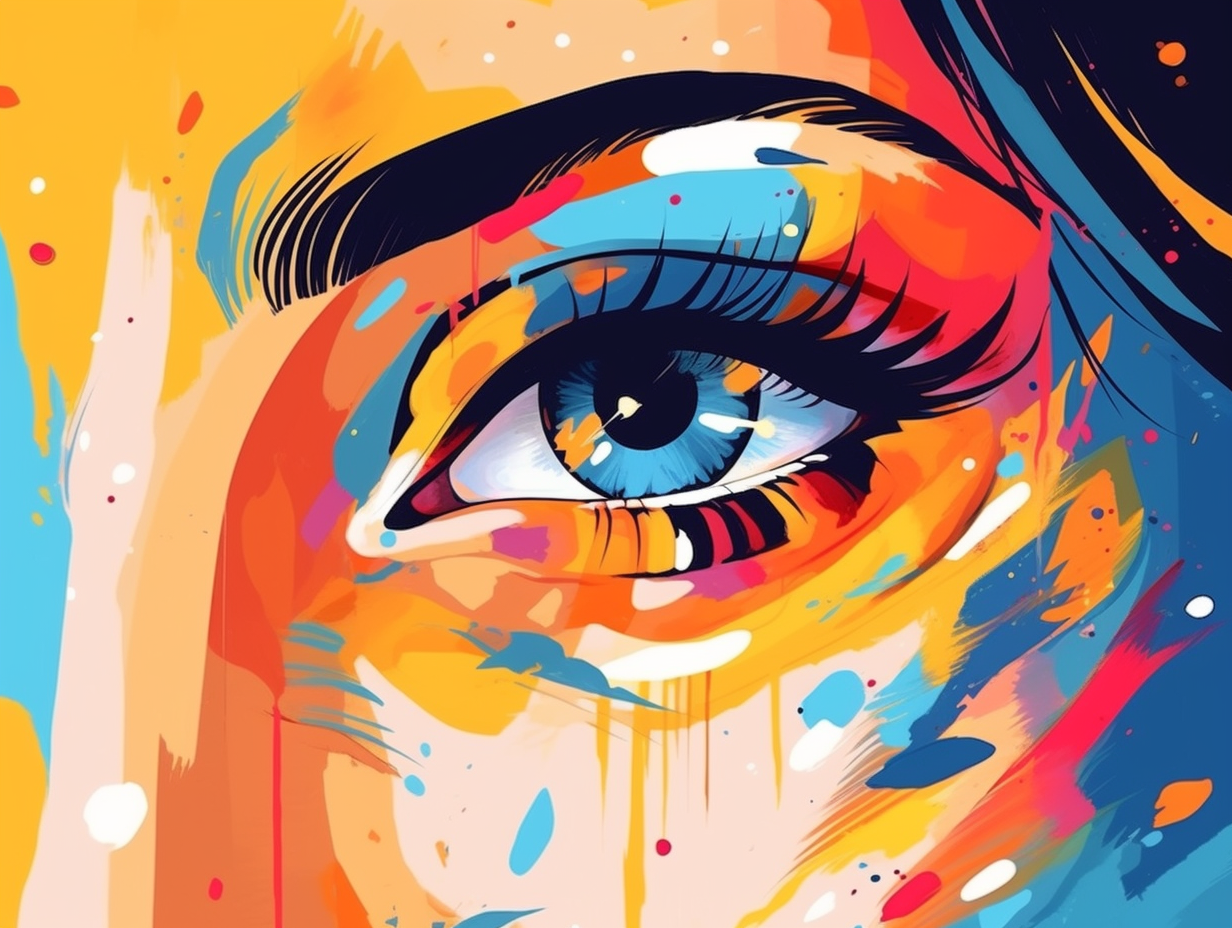
5. Irises: The Fingerprint of the Soul
Who needs a fingerprint when your eyes are the windows to your soul's identity? Even identical twins' irises are playing the mismatch game: The iris holds a pattern as unique as a fingerprint, with five layers that all start at base blue! It’s melanin's magic touch that grants brown or green eye colors, leaving brown as the common eye-color queen with a kaleidoscope of eye pattern arrays.
Source => radiantlydressed.com
6. Hazel Eyes: Chameleons of the Eye World
You might call them the chameleons of the eye world – a stunning, kaleidoscope blend of greens, golds, and browns swirling together – thinking they'd give a cat a run for its money: Hazel eyes, however, don't actually change color like a kitty's, and make up a rare 5% of the population, with their mesmerizing mix of colors making each gaze wonderfully unique.
Source => blog.prepscholar.com
7. Spinach and Honey = Eye Color Makeover
Feeling a tad green-eyed? Have no fear, for Mother Nature's palette is here to enchant your peepers with spinach and organic honey galore: Consuming leafy greens, honey, fish, and even nuts can work their magic to alter, brighten, and generally enhance your eye color, although scorched nuts will, alas, not yield the desired hues - for, much like their hopes, their nutrients too have turned to dust under an inferno's fury. If tea tickles your fancy, sipping on Chamomile and Uva Ursi could add a little warmth and hue-shift your windows to the soul.
Source => 2020onsite.com
8. Hogwarts & Eye Color: The Chromatic Sorting Hat
If eye color determined our Hogwarts House, we'd need more than four: the inheritance of eye color is more complex than simple dominant and recessive genes. Turns out, multiple genes like OCA2 and HERC2 conjure a spell of dazzling eye colors, by controlling the amount and quality of melanin in our irises – giving birth to unique hues like heterochromia, where eyes are mismatched in color. Abracadabra: it's the genes that cast the charm, producing eye colors from earthy browns to bewitching blues!
Source => medlineplus.gov
9. Central Heterochromia: Human Kaleidoscope
Feast your eyes on this human kaleidoscope: central heterochromia is a rare condition where an individual's iris has two distinct colors, usually an inner ring that is different from the outer ring, creating a remarkable bullseye-like pattern or other striking combinations.
Source => allaboutvision.com

10. Eye Color Genetics: A Smorgasbord Wild Card
It's not all in the family when it comes to your baby blues: eye color genetics are a wild card, involving a mix of up to 16 genes and melanin levels in the iris, meaning blue-eyed parents can end up with a child sporting a smorgasbord of eye colors.
Source => allaboutvision.com
Related Fun Facts

